Increased Accessibility
The Global Digital Mental Health Market Industry benefits significantly from increased accessibility to mental health resources. Digital platforms provide individuals with the ability to access mental health services from the comfort of their homes, eliminating geographical barriers. This is particularly beneficial for those in remote or underserved areas, where traditional mental health services may be limited. The convenience of mobile applications and online therapy options encourages more individuals to seek help. As a result, the market is expected to grow substantially, with a projected CAGR of 18.54% from 2025 to 2035, indicating a robust demand for accessible mental health solutions.
Market Growth Projections
The Global Digital Mental Health Market Industry is poised for substantial growth, with projections indicating a market value of 27.8 USD Billion in 2024 and an anticipated increase to 180.5 USD Billion by 2035. This growth trajectory is underpinned by a compound annual growth rate (CAGR) of 18.54% from 2025 to 2035. Such figures illustrate the increasing demand for digital mental health solutions, driven by factors such as rising awareness, technological advancements, and greater accessibility. The market's expansion reflects a broader societal shift towards prioritizing mental health and leveraging digital tools to address these needs.
Technological Advancements
Technological advancements play a crucial role in shaping the Global Digital Mental Health Market Industry. Innovations such as artificial intelligence, machine learning, and telehealth platforms enhance the accessibility and effectiveness of mental health services. These technologies facilitate personalized treatment plans and real-time monitoring of patients' mental health conditions. As a result, more individuals are likely to engage with digital mental health solutions. The market's growth trajectory is supported by these advancements, with projections indicating a rise to 180.5 USD Billion by 2035. This technological evolution not only improves service delivery but also expands the reach of mental health resources globally.
Rising Mental Health Awareness
The increasing awareness surrounding mental health issues is a primary driver of the Global Digital Mental Health Market Industry. As societies become more cognizant of mental health's importance, individuals are more inclined to seek help through digital platforms. This shift is evidenced by the growing number of users engaging with mental health apps and online therapy services. In 2024, the market is projected to reach 27.8 USD Billion, reflecting this heightened awareness. Furthermore, educational campaigns and initiatives by governments and organizations are likely to bolster this trend, encouraging more individuals to utilize digital solutions for mental health support.
Integration of Mental Health into Primary Care
The integration of mental health services into primary care systems is a significant driver for the Global Digital Mental Health Market Industry. This approach emphasizes the importance of addressing mental health alongside physical health, leading to a more holistic view of patient care. As healthcare providers increasingly recognize the interconnection between mental and physical health, digital tools are being utilized to streamline this integration. This trend is likely to enhance the uptake of digital mental health solutions, as patients are encouraged to engage with these resources as part of their overall health management. The market's growth reflects this evolving healthcare paradigm.
Growing Investment in Mental Health Technologies
Investment in mental health technologies is a driving force behind the Global Digital Mental Health Market Industry. Governments and private sectors are increasingly allocating funds to develop and enhance digital mental health solutions. This financial support fosters innovation and encourages the creation of new platforms and applications aimed at improving mental health outcomes. As a result, the market is poised for significant growth, with projections indicating a rise to 180.5 USD Billion by 2035. This influx of investment not only supports existing technologies but also paves the way for future advancements in mental health care.
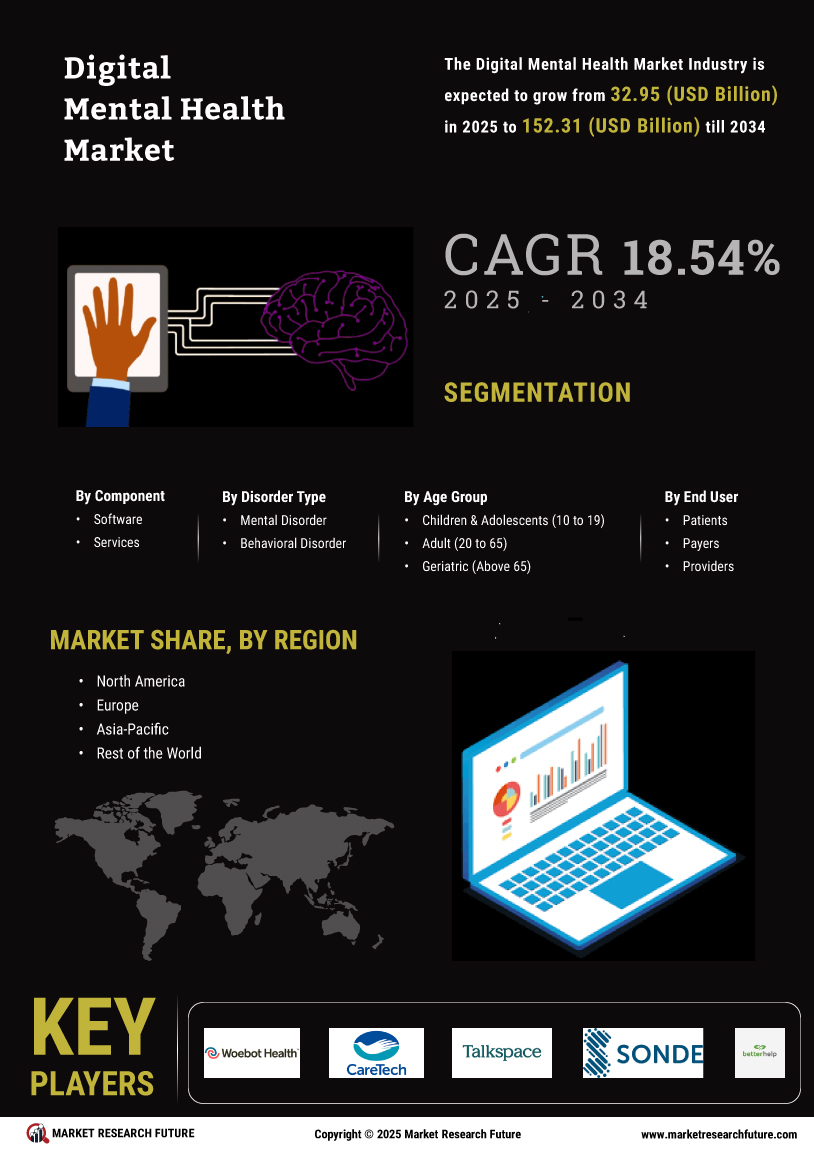

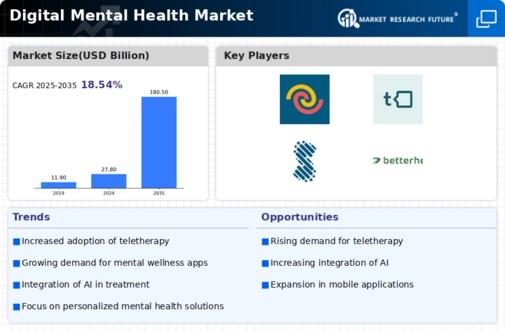
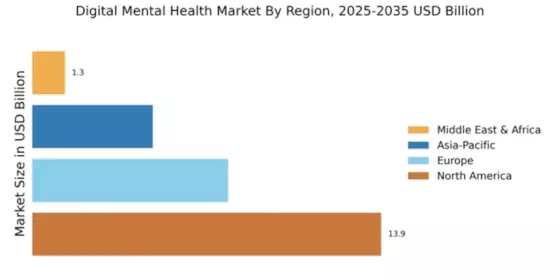
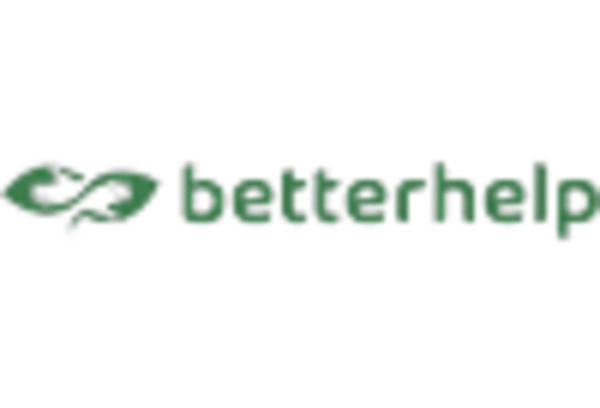
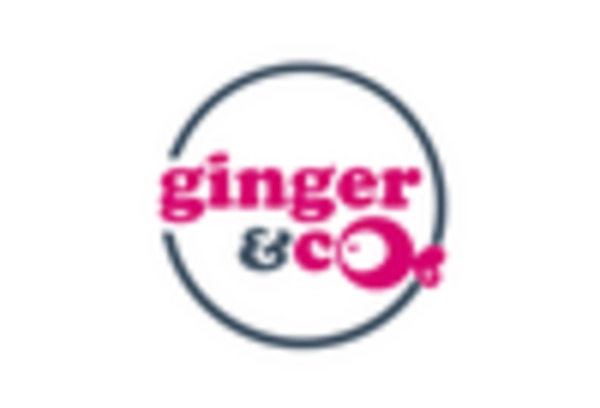
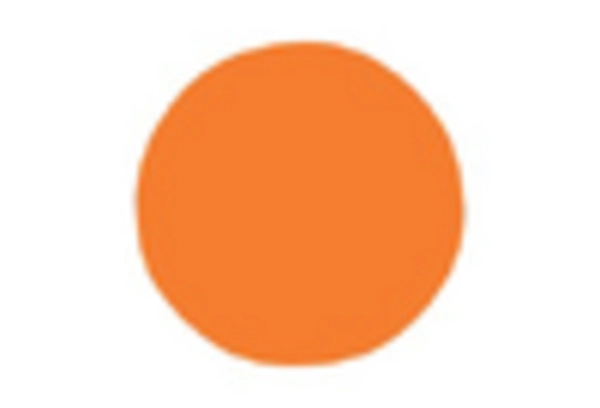
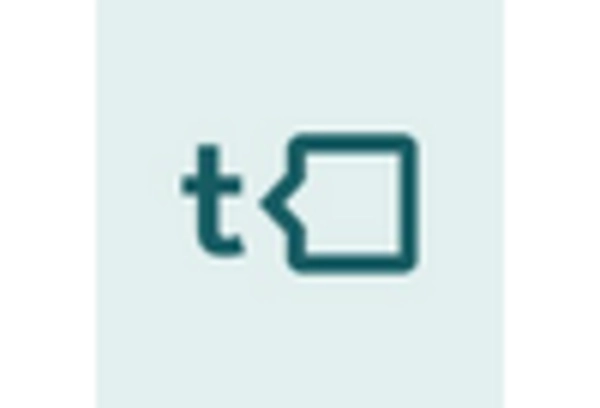
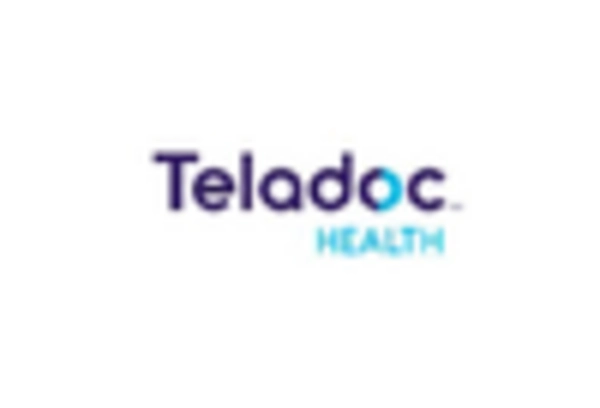









Leave a Comment